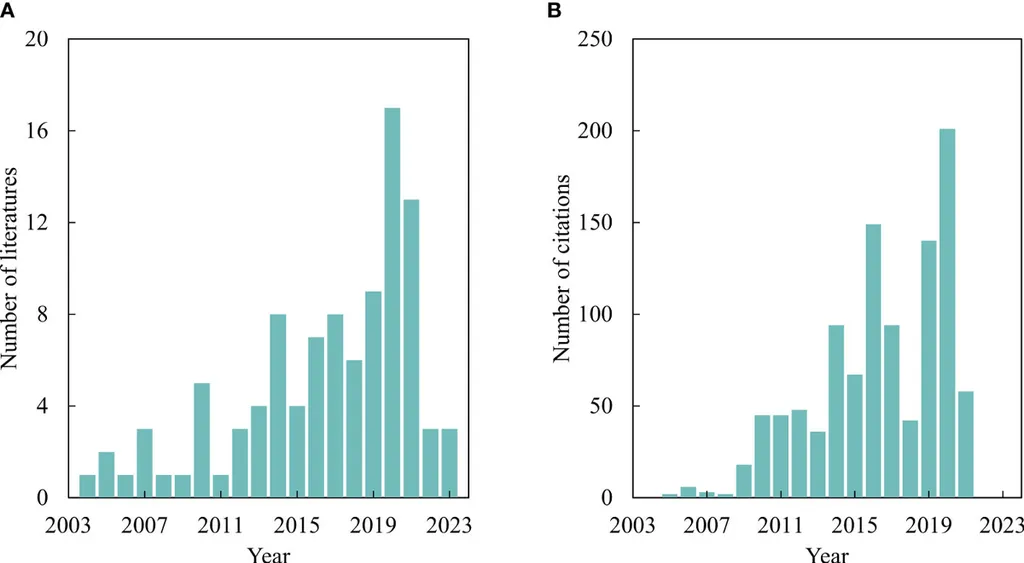In the heart of Belgium, a groundbreaking study led by Muhammad Qaswar from Ghent University is revolutionizing potato cultivation through precision agriculture. The research, published in the journal ‘Smart Agricultural Technology’ (translated from Dutch as ‘Slimme Landbouwtechnologie’), demonstrates how combining visible and near-infrared (vis-NIR) spectroscopy with remote sensing data can significantly enhance nutrient management in potato fields.
Qaswar and his team focused on two Fluvisol fields, Cayenne and Dzhond, to evaluate the impacts of variable rate (VR) application of chicken manure, compost, and nitrogen (N) fertilizer compared to traditional uniform rate (UR) application. The study utilized an online vis-NIR spectroscopy multi-sensor platform to collect soil spectral data at a 20 cm depth. This data was then used to predict soil properties such as pH, total carbon (TOC), and essential nutrients like phosphorus (P), potassium (K), magnesium (Mg), calcium (Ca), and cation exchange capacity (CEC).
One of the most innovative aspects of this research is the integration of Sentinel-2 derived normalized difference vegetation index (NDVI) with the online predicted soil data. This fusion of data allowed the team to delineate management zones (MZs) classified into high fertile (H), medium-high fertile (MH), medium fertile (M), medium-low fertile (ML), and low fertile (L) zones. “By combining these technologies, we were able to create a more nuanced understanding of the soil’s fertility and tailor nutrient applications accordingly,” Qaswar explained.
The study’s findings are compelling. In the Cayenne field, VR application in the medium (M), medium-low (ML), and low (L) fertile zones resulted in significant yield increases of 14.30%, 9.16%, and 8.89%, respectively, compared to the UR treatment. Conversely, yield decreases were observed in the high (H) and medium-high (MH) fertile zones. Similarly, in the Dzhond field, VR application in the high (H) and medium-low (ML) fertile zones led to yield increases of 14.85% and 18.0%, respectively, while yield decreases were noted in the medium (M), medium-high (MH), and low (L) fertile zones.
The economic and environmental benefits of this precision approach are substantial. The VR application led to net reductions in nitrogen and phosphorus inputs, resulting in increased relative gross margins of €142.11/ha for Cayenne and €269.50/ha for Dzhond. “This study shows that site-specific nutrient management not only improves yields and profitability but also supports sustainable agriculture by reducing nutrient inputs,” Qaswar emphasized.
The implications of this research extend beyond potato cultivation. The integration of vis-NIR spectroscopy and remote sensing data fusion offers a promising avenue for precision agriculture, enabling farmers to optimize nutrient management and enhance crop productivity. As Qaswar noted, “Future research should refine management zone delineation with the inclusion of soil nitrate and soil biological data, further improving the precision and effectiveness of nutrient management strategies.”
This study, published in ‘Smart Agricultural Technology’, highlights the potential of advanced technologies to transform agricultural practices. By leveraging data-driven approaches, farmers can achieve higher yields, better nutrient use efficiency, and increased profitability, all while promoting environmental sustainability. As the agricultural sector continues to evolve, the insights from this research will undoubtedly shape future developments in precision agriculture.

